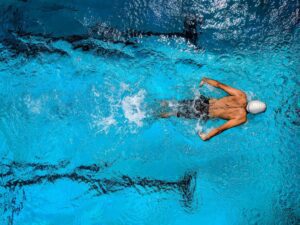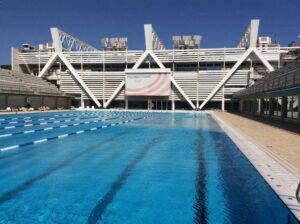09/18/2023 | Swimming Pool & Spa | 9 MINUTE READ
End of Season Pool Care and Sensor Maintenance: A Comprehensive Guide
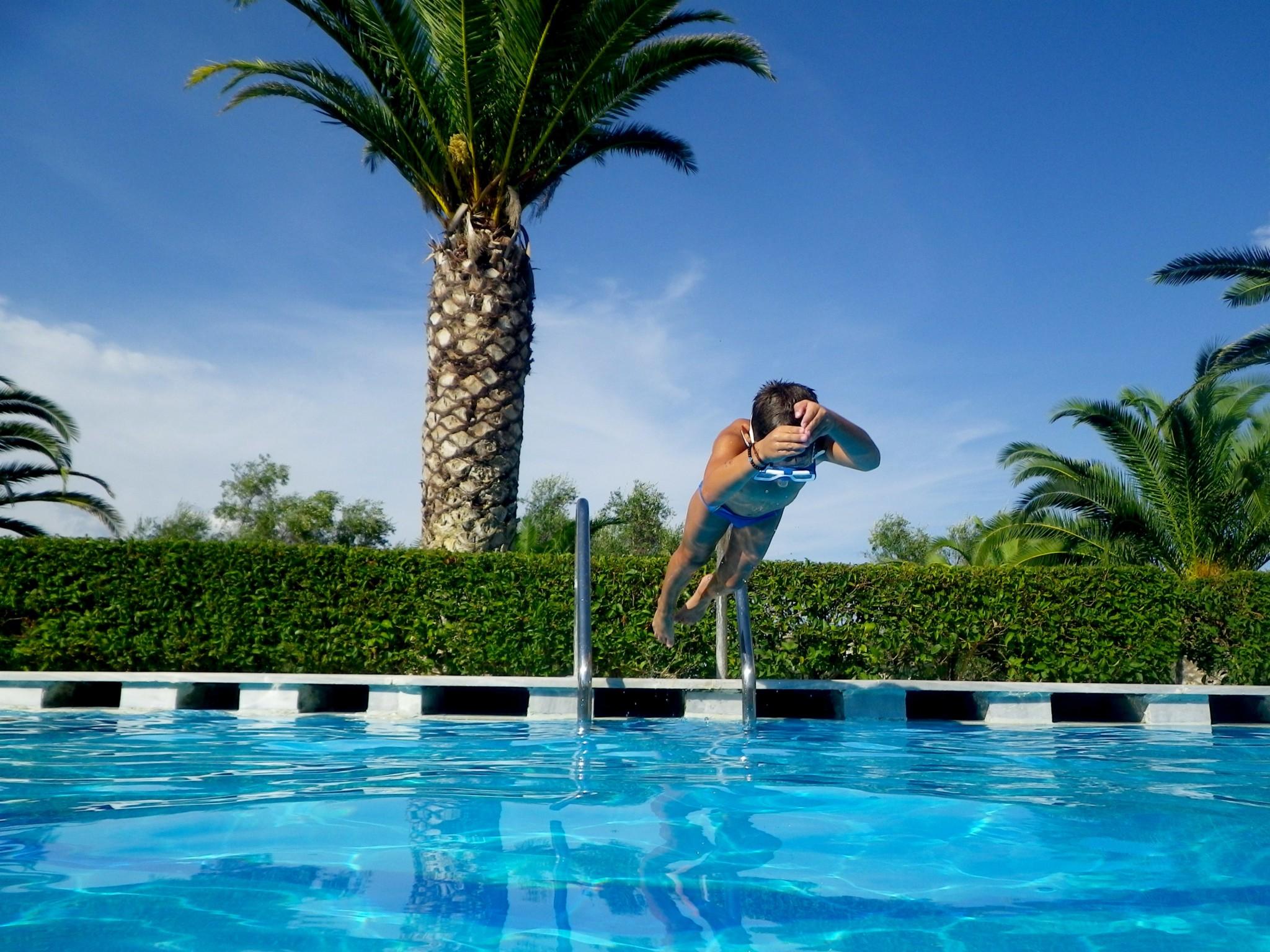
As the warm summer days gradually give way to the crisp embrace of fall, pool owners face the annual ritual of preparing their swimming pools for the off-season. While closing up your pool may seem simple, it involves more than tossing on a cover and calling it a day. Proper end-of-season pool care is essential not only for the longevity of your pool but also for the health and accuracy of the sensors that help maintain your water chemistry. In this comprehensive guide, we’ll take you through the steps necessary to ensure your pool is ready for a trouble-free reopening in the spring. Additionally, we’ll delve into the vital task of maintaining and storing pH, ORP, and chlorine sensors, which play a crucial role in keeping your pool water safe and enjoyable.
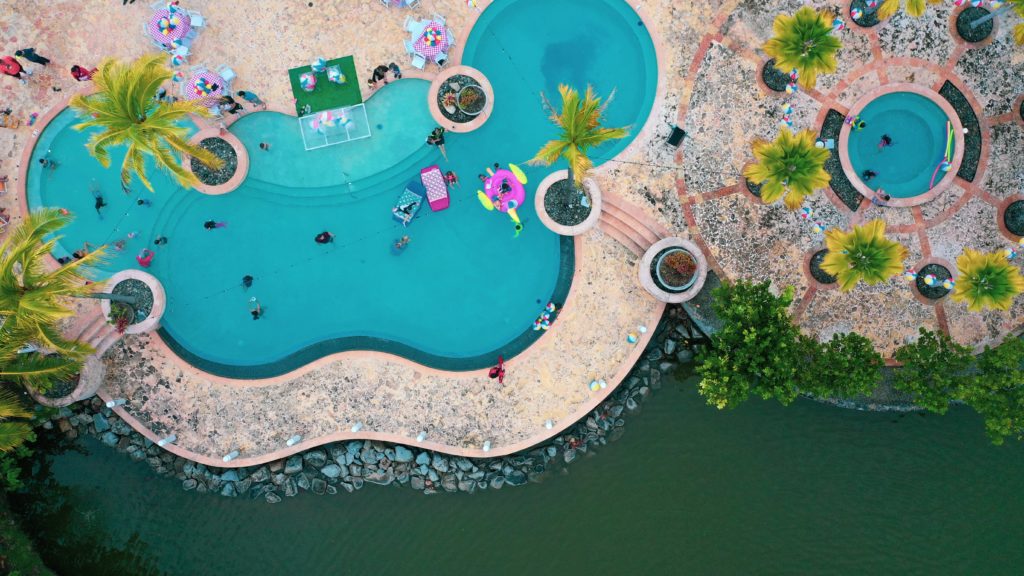
Comprehensive Guide to End-of-Season Pool Care
As the swimming season draws to a close, it’s essential to prepare your pool for the upcoming winter months. Proper end-of-season pool care not only ensures your pool’s longevity but also makes for a smoother reopening in the spring.
Draining and Cleaning the Pool:
- Drain the Pool to the Recommended Level: Before the onset of freezing temperatures, drain your pool to the recommended level, typically below the skimmer. This prevents water from freezing and expanding, which could damage your pool’s structure.
- Thorough Pool Cleaning: Once drained, give your pool a thorough cleaning to remove any accumulated debris, leaves, and remnants of pool toys. Use a pool brush and vacuum to scrub the walls and floor, eliminating algae growth and preventing stains during winter storage.
- Debris Removal and Winterizing Pool Equipment: Clean out skimmer baskets, pump baskets, and filters to prevent clogs and potential damage during the winter. Store all pool equipment, including pumps, hoses, and cleaning tools, indoors or in a well-protected area to shield them from harsh winter conditions.
Balancing Water Chemistry for Winter Storage:
- Water Chemistry Testing: Proper water chemistry is crucial to prevent corrosion and scaling during the off-season. Test your pool water using a pool test kit or hire a professional pool service to analyze the chemical levels.
- Adjusting pH, Alkalinity, and Calcium Hardness: Based on the test results, adjust the pH, alkalinity, and calcium hardness levels to the recommended ranges. Consult your pool professional for guidance on the appropriate adjustments and chemical products to use.
Covering the Pool Securely:
- Choosing a High-Quality Pool Cover: Invest in a high-quality pool cover that fits your pool snugly and is made from durable material to withstand the elements. Consider a solid cover for maximum protection against debris and algae growth.
- Secure Fastening and Inspection: Ensure the pool cover is securely fastened to prevent it from being blown away by strong winds. Regularly inspect the cover for tears or holes, and repair any damage promptly to maintain its effectiveness.
Additional Tips:
- Shock Treatment: Before closing your pool, perform a shock treatment to eliminate any lingering bacteria or organic contaminants. This helps maintain water clarity and prevents algae growth during winter.
- Algaecide Application: Apply an algaecide to prevent algae growth throughout the winter months. Choose an algaecide that is compatible with your pool’s chemicals and water chemistry.
- Winterizing Plug Insertion: For in-ground pools, insert winterizing plugs into the pool’s return lines to prevent water from freezing inside the pipes and causing damage.
- Pool Equipment Drainage: Drain any remaining water from pool equipment, including pumps, filters, and heaters, to prevent freezing and potential damage.
- Professional Assistance: Consider hiring a professional pool service to handle the end-of-season pool care tasks, ensuring proper completion and peace of mind.
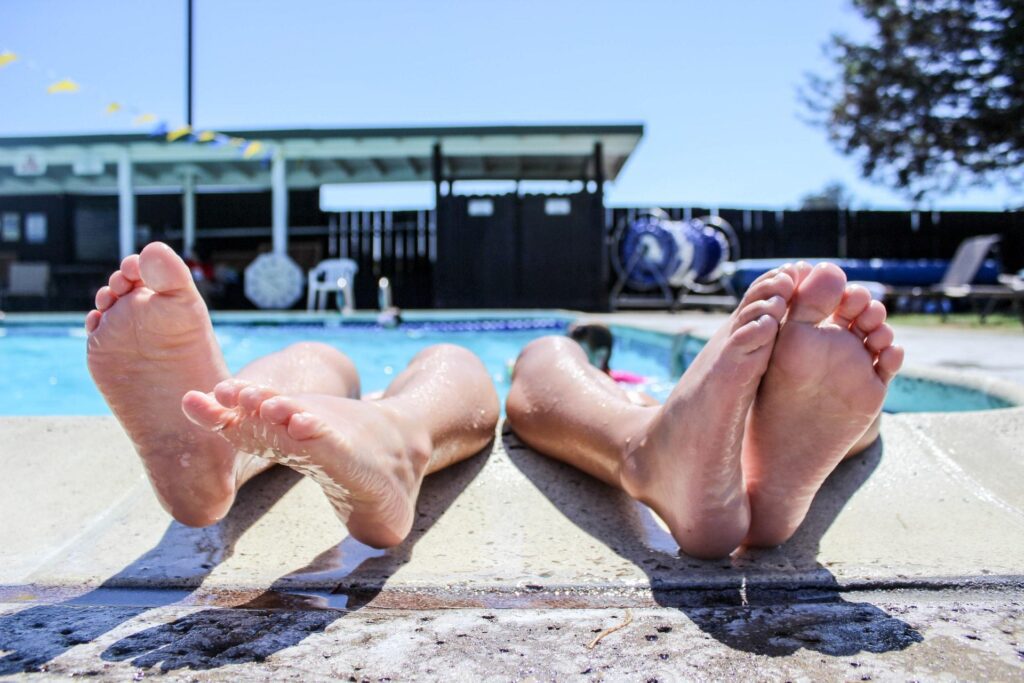
Maintaining Optimal Sensor Performance: A Comprehensive Guide to Storing pH and ORP Sensors
The sensors that monitor your pool’s water chemistry play a crucial role in ensuring your pool remains safe and enjoyable. Proper care and maintenance of these sensors are essential for maintaining their accuracy and prolonging their lifespan.
When removing the pH and ORP sensors from their respective flow cells, it’s paramount to exercise caution to prevent any damage. Begin by consulting the manufacturer’s instructions, as specific removal procedures may vary depending on the sensor model. Gently disconnect the sensors from their flow cell connections, ensuring no excessive force is applied.
Once the sensors have been detached, it’s time to give them a thorough cleaning. Rinse the sensors generously with fresh water to eliminate any lingering pool water or debris. For a more meticulous cleaning, employ a soft brush or cloth to gently remove stubborn residues. Avoid using abrasive materials, as these can scratch the delicate sensor surfaces and compromise their integrity.
After the sensors have been meticulously cleaned, follow the manufacturer’s guidelines for conditioning and storage. This typically involves filling the sensor caps with a designated storage solution and sealing them securely to maintain hydration and prevent contamination. Store the sensors in a cool, dry location away from direct sunlight and extreme temperatures, both hot and cold.
During colder months, take extra precautions to protect your sensors from freezing temperatures. Consider storing them indoors or in a climate-controlled area to provide a frost-free environment. If storing the sensors outdoors is unavoidable, utilize insulation or sensor covers to shield them from harsh weather conditions.
For more in-depth sensor care instructions, refer to the comprehensive Sensor Maintenance Guide provided by the manufacturer. This guide will provide detailed information on specific care procedures, tailored to your sensor model, ensuring optimal performance and longevity.
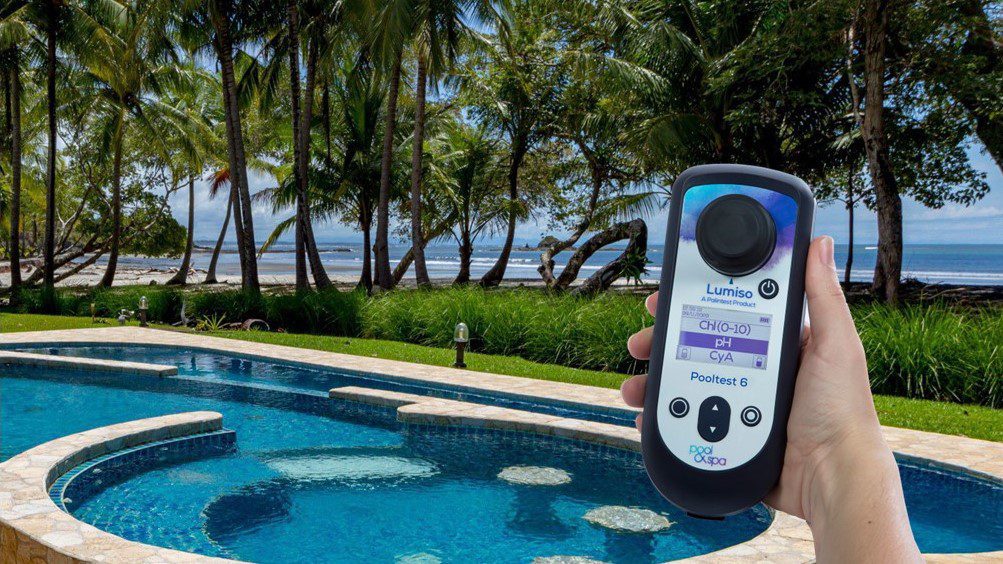
Safeguarding Your Pool’s Sanitation
Chlorine sensors are the unsung heroes of pool maintenance, silently ensuring your pool remains a haven of cleanliness and safety for swimmers. However, like any diligent worker, chlorine sensors require proper care and attention to maintain their effectiveness. Neglecting these essential components can lead to inaccurate readings and compromised water quality, potentially turning your pool into a breeding ground for harmful bacteria and algae.
Clean and accurate chlorine sensors are the sentinels of your pool, continuously monitoring and regulating chlorine levels to safeguard swimmers from the perils of waterborne diseases. By maintaining the appropriate chlorine concentration, these sensors prevent the growth of harmful bacteria and algae, ensuring a pristine and enjoyable swimming experience for all.
Just like you wouldn’t expect an athlete to perform at their peak without proper training and upkeep, chlorine sensors also require a regular maintenance routine to maintain their optimal performance. Schedule regular cleaning sessions to remove any accumulated debris or contaminants from the sensor surfaces. For this delicate task, employ a soft brush or cloth and opt for sensor-specific cleaning solutions designed to preserve their integrity. Additionally, adhere to the manufacturer’s recommended calibration schedule to ensure accurate readings and optimal chlorine control.
While pool chemicals are essential for maintaining water clarity and sanitation, not all chemicals are created equal. Some harsh chemicals, such as high concentrations of chlorine or certain stabilizers, can gradually damage the delicate membranes and electrodes of chlorine sensors, leading to inaccurate readings and a shortened lifespan. To safeguard your chlorine sensors, carefully review the chemical compatibility guidelines provided by the manufacturer and prioritize sensor-friendly pool chemicals whenever possible.
As the cool autumn winds usher in the winter season, your pool may take a well-deserved break. However, this hiatus doesn’t extend to your chlorine sensors. Just like pH and ORP sensors, chlorine sensors require proper storage during the off-season to prevent damage from freezing temperatures or moisture. Follow the manufacturer’s instructions for winter storage, which may include filling the sensor caps with a designated storage solution and sealing them securely. If storing the sensors outdoors is unavoidable, consider using protective covers or insulation to shield them from the harsh elements.
For more in-depth chlorine sensor care tips and insights, delve into the comprehensive Chlorine Sensor Care Guide provided by the manufacturer. This guide will serve as a valuable resource, offering detailed information on specific care procedures tailored to your sensor model, empowering you to maintain optimal sensor performance and longevity.
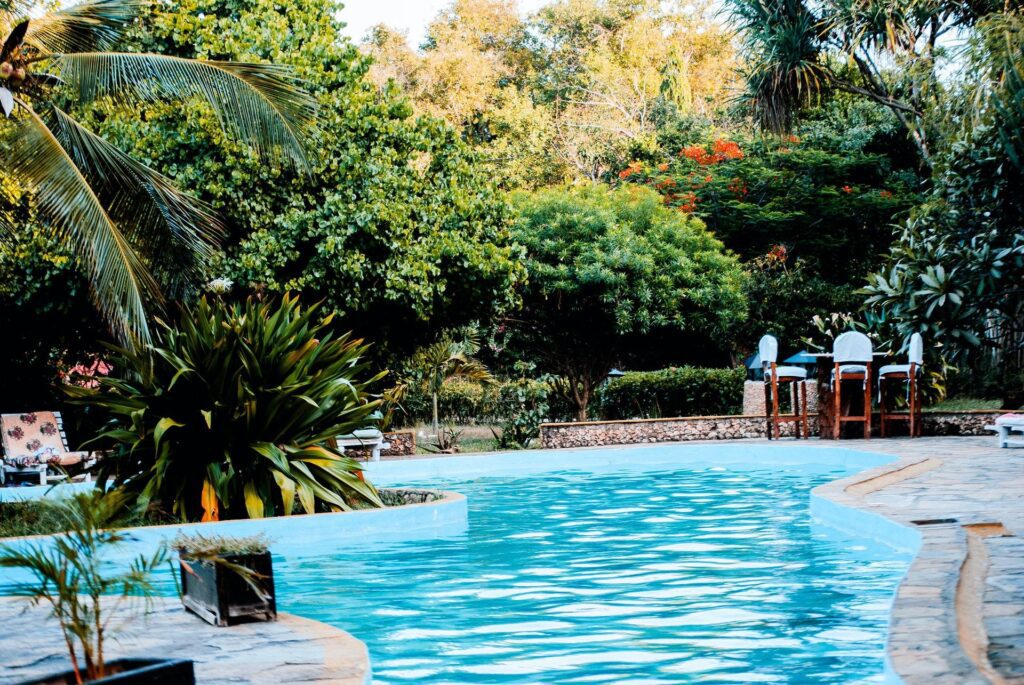
Preparing for the Next Pool Season
As the icy grip of winter loosens and the warmth of spring beckons, it’s time to reawaken your pool from its winter slumber. Just like a hibernating bear emerging from its den, your pool requires a gentle nudge back to life to ensure it’s ready for the upcoming season of splash-filled fun and refreshing dips.
With spring in the air, it’s time to reunite your pool with its vigilant guardians – the pH, ORP, and chlorine sensors. These saviors of pool maintenance play a crucial role in monitoring and regulating your pool’s water chemistry, ensuring a safe and enjoyable swimming experience for all. Before diving into the season, carefully reinstall the sensors following the manufacturer’s guidelines. Once in place, perform a thorough calibration to ensure they are providing accurate readings.
Just as a harmonious orchestra requires each instrument to be in tune, your pool’s water chemistry requires a delicate balance to maintain optimal conditions for swimming. Upon reopening your pool, conduct a comprehensive water test to assess the levels of pH, alkalinity, calcium hardness, and chlorine. If any parameters fall outside the recommended ranges, make the necessary adjustments to restore balance and harmony to your pool’s chemistry.
Before unleashing the excitement of the swimming season, it’s paramount to ensure your pool is a safe haven for all. Embark on a thorough inspection of your pool equipment, scrutinizing every component from the pool cover to the filtration system. Look for signs of wear or damage that could pose a safety hazard. Replace any worn-out parts to prevent potential malfunctions or accidents during the season.
The pursuit of sensor accuracy is an ongoing endeavor, not a one-time task. To ensure your sensors continue to provide precise readings throughout the year, incorporate regular inspections into your pool maintenance routine. Check for any visible damage or wear, and perform routine maintenance procedures as recommended by the manufacturer. Remember, accurate sensors are the sentinels of your pool’s safety, providing you with the peace of mind to enjoy the season without worry.
Conclusion
In conclusion, end-of-season pool care and sensor maintenance are essential tasks for any pool owner. Properly closing your pool and caring for pH, ORP, and chlorine sensors not only extend the life of your collection but also guarantee a safe and enjoyable swimming season ahead. Following the steps outlined in this guide will prepare you for a trouble-free pool opening in the spring. We encourage all pool owners to prioritize sensor maintenance and pool care for the best swimming experience. Please don’t hesitate to reach out if you have any questions or need further information. Here’s to a successful and stress-free pool season ahead!
Posted by Dominic O'Donnell on September 18, 2023
Sensorex is a global leader in the design and manufacture of quality sensors for water quality and process applications. The company offers more than 2000 sensor packages for pH, ORP, conductivity, dissolved oxygen, free chlorine, chlorine dioxide, UV transmittance and other specialty measurements, as well as a full line of sensor accessories and transmitters. Its expert technical support engineers solve analytical sensor challenges with custom designs and off the shelf products.

